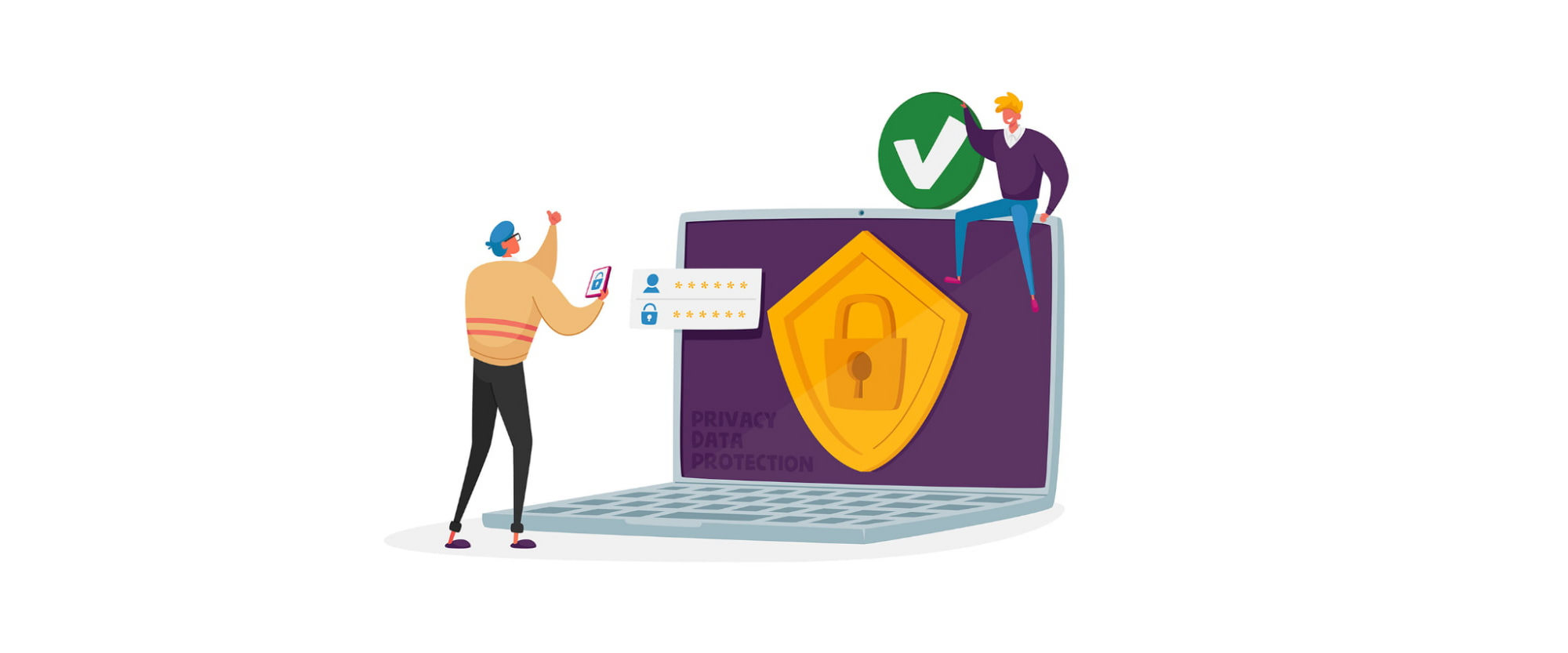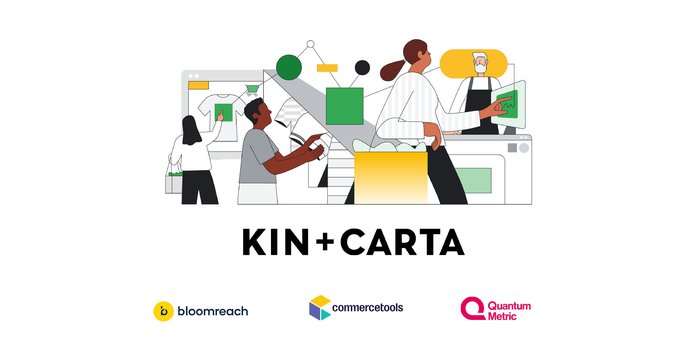Using data advocacy to close the consumer privacy trust gap

Reggie Wideman
Head of Strategy, Lytics
Vikas Jain
Director of Sales, Retail & CPG Strategic ISV Portfolio, Google Cloud
As consumer data privacy regulations tighten and the end of third-party cookies looms, organizations of all sizes may be looking to carve a path toward consent-positive, privacy-centric ways of working. Consumer-facing brands should look more closely at the customer data they’re collecting, and learn to embrace a first-party data-driven approach to doing business.
But while brands today recognize the privacy and consumer consent imperative, many may not know where to start. What’s worse is that many don’t know what consumers really want when it comes to data privacy. Today, 40% of consumers do not trust brands to use their data ethically (KPMG)1.There is room, however, for improvement.
Although the gap between how brands and consumers think about privacy is evident, it doesn’t need to continue to widen. Organizations must begin to treat consumer data privacy as a pillar of their business: as a core value that guides the way data is used, processes are run, and teams behave. By implementing a cross-functional data advocacy panel, brands can ensure that the protection of consumer data is always top of mind — and that a dedicated team remains accountable for guaranteeing privacy-centricity throughout the organization.
Why a data advocacy panel?
Winning brands see the customer data privacy imperative as an opportunity, not a threat. Consumers today are clear about what they want, and it’s simply up to brands to deliver. First and foremost, transparency is key. Most consumers are already demanding more transparency from the brands they frequent, but as many as 40% of consumers would willingly share personal information if they knew how it would be used (KPMG)1.This simple value exchange could be the key to a first-party data-driven future. So what’s deterring businesses from taking action?
Organizational change can seem like a daunting undertaking, and many businesses who do recognize the importance of consumer data privacy simply don’t know how to move forward. What steps can they take? Where do they start? How can they prepare? In addition, how can they make sure the improvements they invest in have an impact now and in the long term? A data advocacy panel, woven into the DNA of the organization, can serve as a north star for consent-positivity.
How can I implement a data advocacy panel?
A data advocacy panel’s mission focuses on building and maintaining a consent-positive culture across an organization. It can serve as a way to hone the power of customer data for your business while also giving the power of consent to your customers. And in an era when most business decisions are (and should be) driven by data, having a data advocacy panel makes a world of sense.
But what exactly does a data advocacy panel look like? Importantly, you need to include the right players. Your data advocacy panel should include representatives from every business unit that has responsibility for protecting, collecting, creating, sharing, or accessing data of any kind. These members might include marketing, IT/security, Legal, HR, accounting, customer service, sales, and/or partner relations.
These team members should then come together to tackle two key goals: to set the strategy and policies for how data is handled throughout the organization, and to react quickly to new data developments such as:
a potential data breach,
shifting market sentiments, or
new compliance requirements
It should be the responsibility of the data advocacy panel to help decide how, when, why, and where data is used in your business.
Once a company has established a data advocacy panel, they’ve also built a foundation upon which to create a new and future-ready organizational structure that will provide maximal transparency and auditability, explainability, and expanded support for how first-party consumer data is collected, joined, stored, managed, and activated.
The value of consumer consent, data advocacy, and privacy-centricity
How do you become, not just a privacy-minded, but a consent-positive brand?
According to Google Cloud’s VP of Consumer Packaged Goods, Giusy Buonfantino, “The changing privacy landscape and shifting consumer expectations mean companies must fundamentally rethink how they collect, analyze, store, and manage consumer data to drive better business performance and provide customers with personalized experiences.”
The changing privacy landscape and shifting consumer expectations mean companies must fundamentally rethink how they collect, analyze, store, and manage consumer data to drive better business performance and provide customers with personalized experiences.
Giusy Buonfantino, Google Cloud’s VP of Consumer Packaged Goods
Companies are adopting Customer Data Platforms (CDP) to enable a privacy-centric engagement with their customers. Lytics’ customer data platform solution is built with Google Cloud BigQuery to help enterprises continue to evolve how they capture and use consumer data in our changing environment. Lytics on BigQuery helps businesses collect and interpret first-party behavioral customer data on a secure and scalable platform with built-in machine learning.
Reggie Wideman, Head of Strategy, Lytics noted, “By design, traditional CDPs create enormous risk by asking the company to collect and unify customer data in the CDP system, separate from all other customer data and outside of your internal controls and governance. We think there’s a better, smarter way. By taking a composable CDP approach we enable companies to layer our tools into their existing martech ecosystems, rather than being forced to build around a proprietary, external CDP toolset."
By design, traditional CDPs create enormous risk by asking the company to collect and unify customer data in the CDP system, separate from all other customer data and outside of your internal controls and governance. We think there’s a better, smarter way.
Reggie Wideman, Head of Strategy, Lytics
Wideman continues, ”This allows us to enable developers and data managers to create a ‘Customer 360’ in their own secure, privacy-compliant data warehouse. The advantage of this approach is a privacy-centric architecture that collects and unifies customer data creating a profile schema that is synced to the customer’s data warehouse, helping internal data teams build and manage a secure, persistent ‘Customer 360’, while also providing a direct sync to marketing tools and channels for targeted advertising and activation.”
In short, it’s not just about small tweaks and minor changes. It’s about starting with a catalyst that will drive larger-scale change. That catalyst is your data advocacy panel, and it is and will continue to be at the center of the value exchange between your brand and your customers.
“The importance of ‘consumer consent’ and ‘value exchange’ is front and center in the conversations we are having with our customers,” shares Buonfantino, “And first-party data done right can help drive more meaningful high-value consumer engagement.”
For more information on data advocacy panels, how to implement them, and how they bring the power of your customer data to every employee, read the whitepaper. In addition, we invite you to explore the Lytics CDP on the Google Cloud Marketplace.
1. KPMG: Corporate Data Responsibility




